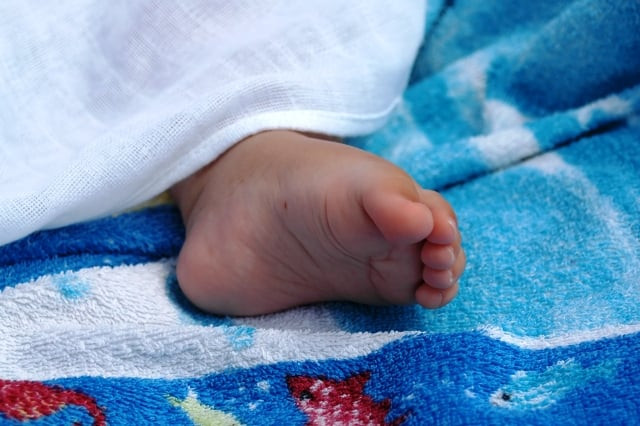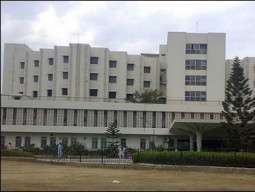
Ninety-eight per cent of the 7,000 stillbirths that occur each day happen in developing countries, The Lancet said in a series of papers published Thursday.
The true tally may be even greater because this estimate is based on the World Health Organisation (WHO) definition, according to which a baby is stillborn, as opposed to miscarried, after 28 weeks of gestation. But most rich countries count stillbirths at around 22 weeks' gestation.
If this definition were used, "the total number of global stillbirths would be about 45 percent higher," The Lancet said.
Finland, with 2.0 stillbirths per 1,000 births, has the lowest rate in the world, whereas Nigeria and Pakistan, with more than 40 per 1,000,are the highest. Other countries with high stillbirth rates include India, China, Bangladesh, Democratic Republic of Congo, Ethiopia, Indonesia, Tanzania and Afghanistan.
Roughly half of stillbirths globally occur as a result of complications during birth, a risk that has been virtually eliminated in high-income countries.
The Lancet series suggested countries rally behind a target for reducing stillbirths by 2020, including efforts in maternal and neo-natal health and incorporating stillbirths in vital statistics.


















COMMENTS
Comments are moderated and generally will be posted if they are on-topic and not abusive.
For more information, please see our Comments FAQ